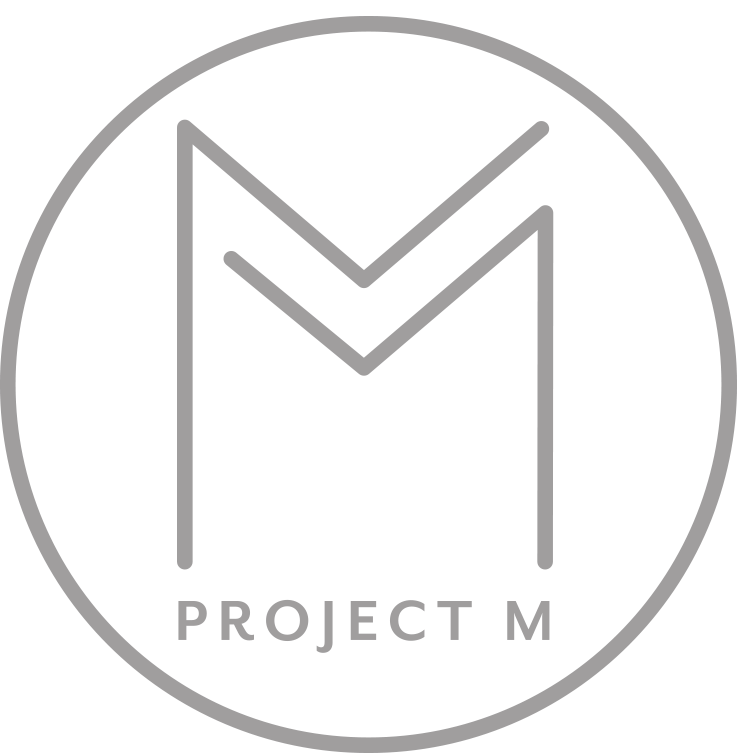Wine Myths | Volume 1
Many legends and stories carry valuable and timeless lessons through millennia. Other myths, especially those around wine, perpetuate baseless falsehoods.
Some of the most persistent myths about wine relate to sugar and sweetness. These myths range from misinformed to downright manipulative. They prevent many consumers from enjoying some truly fantastic wines. Some companies use these scare tactics to drive consumers to their brands.
Myth 1: Sweet wines shouldn't be taken seriously.
One of the most pervasive myths out there is that sweet wines aren't "serious" or are of low quality. This simply is not the case. Some sweet Rieslings, for instance, are listed among the greatest wines in the world. These wines possess all the traits of a serious wine; layered and nuanced, compliment foods, and age for decades. This myth is the quickest to debunk, simply sample a superior sweet wine and taste for yourself.
Myth 2: Certain grapes make sweet wines.
As a passionate producer and consumer of Riesling, I always cringe when I hear someone say, "Rieslings are sweet". A few other grapes, such as Gewürztraminer, suffer from a similar stigma. While it is true that many wines made from these grapes are sweet, it is not just because of the grapes. The sweetness of a wine, also known as Residual Sugar or RS, is a winemaking decision.
The winemaker may stop fermentation when sugar levels are relatively high or decide not to restart a fermentation that has stopped on its own. In some cases, the winemaker may add sugar or concentrate to sweeten a wine. No grape inherently makes sweet wines. Any grape can be vinted into a sweet wine if the winemaker so chooses. Conversely, the winemaker can make a dry wine from any grape.
Myth 3: A glass of wine has as much sugar as (insert unhealthy food here).
While the statement is relatively true, it is also misleading. The wine industry produces millions of cases to meet the demand for sweet, low-priced wine – the kind you purchased with a fake ID in high school or college. However, unless you exclusively shop for wine at convenience stores, you probably aren't buying the average wine.
Residual sugar or carbs is a variable often used by winemakers to describe the potential sweetness of a wine. Unfortunately, manipulative marketers are using it with ad copy along the lines of, “The average wine has as much sugar as a jelly donut.” They attempt to sell more wine with the proclamation they’re sugar-free. This is false. Yeasts never consume ALL of the sugar in the juice during fermentation.
Using PROJECT M Wines as an example, let's compare some of our wines to that jelly donut and the so-called sugar-free wines. The residual sugar of our 2017 Schlüssel Willamette Valley Riesling is 4.4g/L, so the entire bottle contains 3.3 grams of sugar. Assuming we get five glasses from a bottle, that is .66 grams per glass. How many glasses are needed to consume the equivalent of a jelly donut? If our donut has 32 grams of carbohydrates, of which 15 are sugar, it would take 22 glasses!
How much more sugar is in our Riesling than the sugar-free wine? Just over one-half of a gram. For perspective, this is about the same amount as contained in two raisins.
What about a typical PROJECT M Pinot Noir? To get that jelly donut equivalent, we would need to consume 136 glasses of our 2018 Personify Willamette Valley Pinot Noir. Like the so-called sugar-free wine, our Pinot Noir also tests below the detectable limits.
Many myths prevent consumers from enjoying some fantastic wines. Like outrageous tales of flying horses and little men with pots of gold, the above myths should not be believed.


